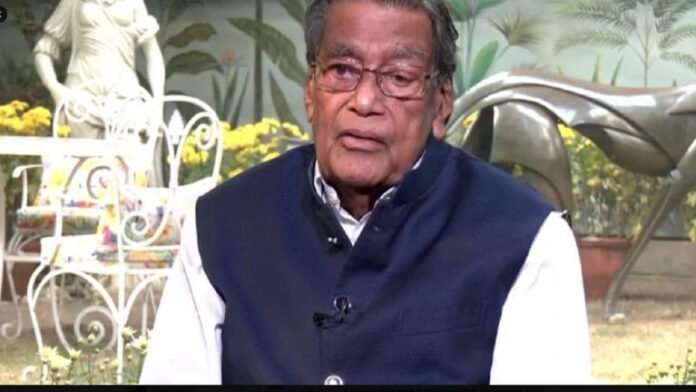Senior lawyer KK Venugopal recently shared compelling insights on the independence of India’s judiciary, tracing its evolution from the early years of independence to the present day. Speaking in a reflective interview, Venugopal examined the complex and often fraught relationship between the judiciary and the executive, shedding light on pivotal moments in India’s constitutional history.
Early Challenges to Judicial Independence
Venugopal recounted that in the formative years of independent India, the judiciary’s robust independence sometimes clashed with the legislative and executive branches. Prime Minister Jawaharlal Nehru, an architect of modern India, expressed notable frustration with the judiciary’s assertiveness. Nehru famously remarked that judges “cannot sit as a fourth house of parliament,” a pointed critique of their frequent intervention in legislative matters.
One of Nehru’s primary concerns stemmed from the judiciary’s opposition to critical land reform laws aimed at addressing widespread inequalities in land ownership. These judicial decisions, which struck down key legislative measures, led Nehru to consider “packing the court”—a strategy to appoint additional judges who might align with the government’s vision. Venugopal noted that such confrontations ultimately necessitated constitutional amendments, resulting in provisions like Articles 31A, 31B, and 31C. These amendments sought to shield specific laws from judicial scrutiny, underscoring the tension between progressive reforms and judicial oversight.
Contemporary Dynamics
Despite the historical challenges, Venugopal acknowledged that judicial independence remains a cornerstone of India’s democracy. He commended many judges for maintaining a balanced approach, delivering judgments that reflect impartiality and adherence to the rule of law. However, he also highlighted concerns about a minority of judges perceived as favoring the government, particularly in politically sensitive cases involving bail for detainees.
Venugopal’s reflections also touched upon the role of individual judges in shaping the judiciary’s reputation. He expressed confidence in the leadership of Justices Rohinton Fali Nariman and KV Viswanathan, whom he described as embodying the principles of independence and fairness.
The Road Ahead
Venugopal’s analysis underscores the enduring challenges and opportunities for India’s judiciary. The historical tug-of-war between the judiciary and the executive highlights the delicate balance required to uphold democratic principles. As India moves forward, the judiciary’s role in safeguarding constitutional values remains as critical as ever.
This historical and contemporary perspective invites further discussion on how the judiciary can continue to evolve while retaining its independence. In a democracy as diverse and dynamic as India, the judiciary’s ability to act as a check on executive overreach is not just a legacy but a necessity.



